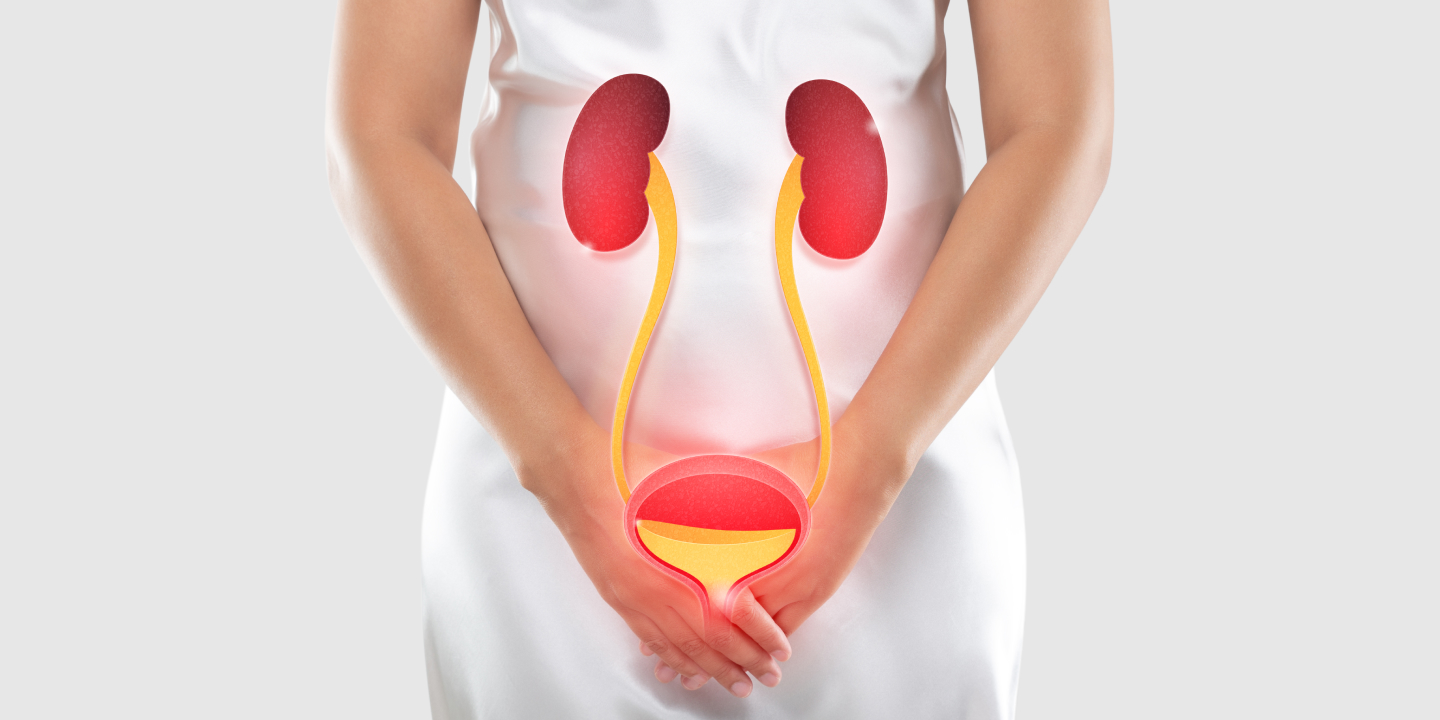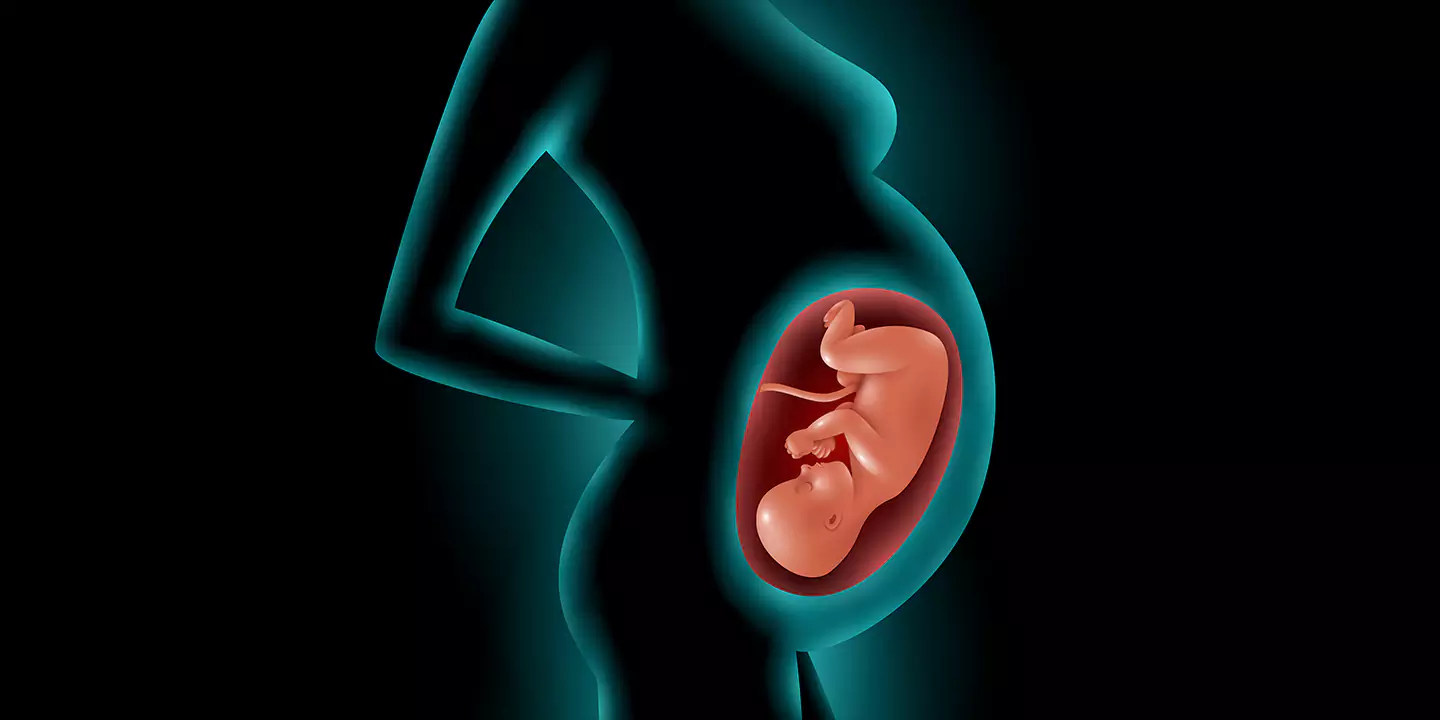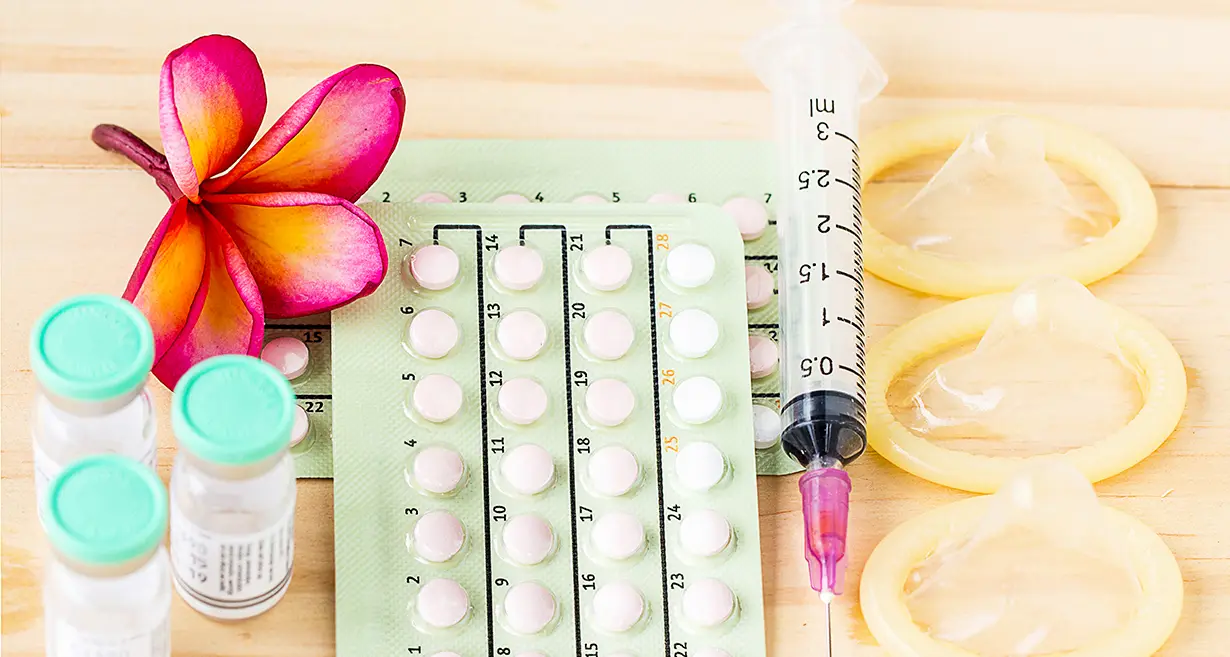
Being a mother is an amazing experience, but there are additional complications for certain women that come with being pregnant at high risk. These pregnancies need extra attention because of certain circumstances that may affect the mother’s and the unborn child’s health. In this informative article, we examine 22 important risk factors that may require more stringent medical supervision and care when considering a high risk pregnancy. By being aware of these factors for high risk pregnancy, pregnant moms and their families can be better equipped to make decisions and get the help they need for a safe and good pregnancy experience.
In this Article
- 1 What Is A High Risk Pregnancy?
- 2 Factors For High Risk Pregnancy
- 3 22 Factors For High Risk Pregnancy
- 4 Signs And Symptoms Of A High Risk Pregnancy
- 5 Diagnosis And Monitoring Of A High-Risk Pregnancy
- 6 Diagnosing A High Risk Pregnancy:
- 7 Monitoring A High Risk Pregnancy:
- 8 When To See A Doctor?
- 9 Conclusion
- 10 FAQ’s
What Is A High Risk Pregnancy?
When considered pregnant high risk, it means that there is a greater chance of difficulties during pregnancy, labour, or the postpartum period for both the mother and the unborn child. A number of medical, environmental, or behavioural factors for high risk pregnancy can give rise to these issues. Specialised medical care is required during these pregnancies to guarantee the health of the mother and the unborn child.
In India, estimates place the number of high-risk pregnancies at 10 and 20 per cent. When expecting moms are under 18 or older than 35, as well as when there are multiple pregnancies (twins, triplets), the frequency is greater. Handling a first trimester high risk pregnancy especially needs close monitoring and individualised treatment to protect the mother’s health as well as the health of the growing child.
The risk is further increased by diseases including diabetes, hypertension, obesity, and a history of premature deliveries. High risk pregnancy can also result from other factors including poor diet, insufficient prenatal care, and lack of understanding.
High-risk pregnancies can have serious side effects, such as low birth weight, preeclampsia, premature delivery, gestational diabetes, and problems with the unborn child’s development. In order to manage the hazards associated with these pregnancies, prompt medical intervention and vigilant monitoring are essential.
Recognising the characteristics of a high risk pregnancy and the circumstances that contribute to it are essential steps for healthcare practitioners and expecting moms alike. The negative effects of being pregnant at high risk can be reduced, leading to safer births and better pregnancies for both mother and child, by recognising these risk factors for high risk pregnancy, obtaining early medical attention, and taking a proactive approach to prenatal care.
Related Blog: What To Expect In A High-Risk Pregnancy?
Factors For High Risk Pregnancy
Very young or very old mothers,(under 17 and over 45 yrs) certain pre-existing conditions like diabetes or hypertension, multiple pregnancies, and insufficient prenatal care are some of the causes contributing to a high risk pregnancy. Infections, Drug addiction, and obesity may be Other contributing factors. Due to the potential consequences of preterm labour, preeclampsia, and gestational diabetes, it is important to understand these causes. For safeguarding the health of both, the mother and the unborn baby, it is important to recognise and treat these underlying factors for high risk pregnancy with appropriate medical treatment and changes to lifestyle.
22 Factors For High Risk Pregnancy
Several factors including certain pre-existing conditions can make a pregnancy high risk
- Preexisting Health diseases: To reduce the dangers to both mom and unborn child, long-term illnesses like diabetes, high blood pressure, and heart disease can further complicate pregnancy, requiring careful observation and treatment.
- Health Conditions (Pregnancy-Related): gestational diabetes, placenta previa and Preeclampsia are some conditions that elevate the chances of pregnancy complications. Therefore, regular monitoring is necessary to avoid a high risk delivery.
- Age: Pregnant women who are less than 17 yrs or more than 35 may be at greater risk, needing special care and regular checkups to make sure both the mother and the foetus are safe.
- Factors related to lifestyle: Smoking, drugs or alcohol consumption or abuse or exposure to toxins, increases pregnancy risks and negative outcomes. Thus healthy choices should be made to have a successful pregnancy.
- Diabetes: Blood sugar levels of pregnant women need to be checked regularly as both, pre-existing diabetes and gestational diabetes can lead to increased complications such as preeclampsia, birth defects, and excessive birth weight.
- Fibroids: Fibroids can result in obstructed labour, preterm labour, or placental abruption, which might lead to a high risk delivery, depending on their size and location. To have a safe pregnancy experience, it is important to have routine exams performed by medical professionals.
- High Blood Pressure: Hypertension or pregnancy-related high blood pressure can also result in preterm delivery or preeclampsia and so require proper regulation to reduce related risks.
- HIV/AIDS: The risk of HIV/AIDS being transmitted to the foetus can be decreased with proper medical care. Close monitoring, expert prenatal care along with Antiretroviral medication are necessary for a successful pregnancy and delivery.
- Autoimmune Diseases: Specialist medical attention is required to control any problems and ensure the child’s and the expectant mother’s health if the mother has multiple sclerosis (MS) or lupus.
- Kidney Disease: Kidney issues can result in high risk pregnancy concerns including low birth weight, preterm delivery, and hypertension.
- Mental Health Disorders: Conditions like depression during pregnancy can affect both the mother’s and baby’s health. Seeking professional help and counselling is critical for well-being.
- Low Body Weight (BMI < 18.5): Being underweight can lead to a number of issues, such as delayed development, early birth. Regular prenatal checkups and care along with sufficient food are necessary for keeping a healthy pregnancy.
- Obesity: Being overweight greatly increases the risk of conditions such as gestational diabetes, preeclampsia, and challenging births. To reduce these risks, it’s essential to maintain a healthy weight by following a nutritious diet, exercising, and regular medical monitoring.
- PCOS (polycystic ovarian syndrome): PCOS is again a condition that increases the risk of making a high risk pregnancy due to conditions like preeclampsia, gestational diabetes, and early birth. Prompt medical intervention and monitoring are essential to lower these risks and prevent a high risk delivery.
- Thyroid Disease: 2 medical conditions – Premature birth and preeclampsia can result from thyroid issues. Getting regular checkups and prompt thyroid treatment is essential to a successful pregnancy.
- Blood Clotting problems: Coagulation or clotting problems can lead to issues like preeclampsia, stillbirth, or miscarriage. In order to avoid possible hazards, expert medical treatment and monitoring are essential.
- Birth Defects or Genetic Conditions: Early testing and Genetic counselling are extremely necessary for detecting abnormalities in the foetus resulting in long-term health problems or complications during childbirth.
- Poor Foetal Growth: Problems with the growth of the fetus can increase the possibility of preterm labour and other birth-related issues. For a positive outcome, medical intervention and routine monitoring are crucial.
- Gestational Diabetes: Having diabetes whilst pregnant might cause issues for the mother and the unborn child. Medicinal advice and careful blood sugar monitoring are essential for risk management.
- Multiple Gestation: Premature birth, poor birth weight, and other risks are increased while carrying multiples. For the mother and each and every foetus to have a safe pregnancy, specialised medical treatment and monitoring are essential.
- Preeclampsia and Eclampsia: Seizures and elevated blood pressure are hallmarks of preeclampsia, which can result in more severe consequences like eclampsia. These disorders endanger the health of both the mother and the foetus. Monitoring blood pressure, scheduling routine prenatal appointments, and seeking early medical attention is essential for identifying and treating preeclampsia and promoting a safer pregnancy experience.
- History of Preterm Labour or Delivery or Other Problems Associated with Past Pregnancies: Recurrence risk is increased by various issues from prior pregnancies as well as a history of premature labour or delivery. It takes close medical supervision to recognise the early warning symptoms of preterm labour, to take preventative action, and to maximise prenatal care in order to reduce the risk of problems in future pregnancies.
Signs And Symptoms Of A High Risk Pregnancy
The symptoms of a high risk pregnancy may vary differently for different women, often needing close monitoring and medical attention to ensure the health of the mother and the foetus. Certain symptoms are apparent, however, some medical testing or standard examinations may be needed to bring forth others. A few typical signs and symptoms of a high risk pregnancy include:
- Bleeding: Vaginal bleeding may be an indication of a number of issues during pregnancy such as placenta previa or placental abruption.
- Stomach Pain or Cramping: Severe cramping or discomfort in the abdomen could be an indication of a likely problem such as preterm labour or preeclampsia.
- Excessive Nausea and Vomiting: Dehydration resulting due to excessive nausea and vomiting can be especially dangerous in a pregnant woman.
- Diminished Foetal Movement: Foetal stress or other problems are often indicated by reduced foetal movement.
- High Blood Pressure: Preeclampsia, which puts the mother and the unborn child in danger, can be brought on by hypertension during pregnancy.
- Vaginal Leakage: Vaginal Fluid leakage prior to 37 weeks of pregnancy might be indicative of premature labour.
- Eodema: Excessive swelling in the hands, face, or legs can be observed in the case of gestational diabetes or Preeclampsia
- Strong headaches: Headaches that are both severe and recurrent may indicate preeclampsia.
- Acute Weight Gain: Preeclampsia is often associated with instant, rapid weight gain.
- Respiratory Problems: Breathing problems might indicate preeclampsia or other issues.
- Changes in Vision: Blurry vision, spots, or other visual abnormalities are highly associated with conditions such as Preeclampsia.
- Persistent Itching: Prolonged itching may indicate additional issues including liver issues.
It’s crucial to remember that early on in a high risk pregnancy, symptoms may not always be evident. To identify any possible problems, routine prenatal checkups and honest conversations with a healthcare professional are crucial. Seeking prompt medical attention is of utmost importance as soon as any of the symptoms appear for ensuring the best possible outcome for both, the mother and the unborn child. The risks associated with a high risk pregnancy can be significantly reduced and managed by timely intervention and proper care.
Diagnosis And Monitoring Of A High-Risk Pregnancy
For accurately diagnosing and monitoring a high risk pregnancy, a mix of medical evaluations, screenings, and close observation is used. This ensures the protection and well-being of the mother and the unborn child.
Diagnosing A High Risk Pregnancy:
- Past Medical History: Many risk factors for high risk pregnancy can often be identified by properly reviewing the pregnant woman’s past medical history, which mainly includes any pre-existing conditions, previous gestations, and family medical history.
- Physical Exams: Routine check-ups are used for monitoring blood pressure, weight growth, and the general overall health of the mother and the foetus.
- Imaging Tests: Imaging techniques like ultrasound scans make it possible to identify any possible deformities and problems with growth by providing detailed pictures of the foetus and placenta.
- Blood tests: Blood testing is always conducted to rule out and detect issues such as infections Rh factor compatibility, anaemia, and gestational diabetes
- Specialised Tests: Specialised testing such as amniocentesis or chorionic villus sampling (CVS) may be advised for further evaluation in cases where genetic disorders or birth problems may be indicated.
Monitoring A High Risk Pregnancy:
- Regular Prenatal checkups: In order to closely monitor both, the mother and the unborn child’s health, more frequent prenatal checkups are necessitated in a high risk pregnancy.
- Foetal Monitoring: For getting an insight into the health of the baby, electronic foetal monitoring, and such methods are utilised which watch the infant’s heart rate and movements.
- Non-Stress Test: This particular test assesses the foetus’s overall health and oxygen intake by observing its heart rate in reaction to the activity.
- Biophysical Profile: Using a non-stress test and ultrasound, A biophysical profile assesses the baby’s muscular tone, movements, amniotic fluid levels and respiration.
- Specialised Tests: For evaluating any genetic defects or birth deformities, additional testing such as amniocentesis or chorionic villus sampling (CVS) may be recommended.
- Doppler Flow Studies: Examinations such as these assess the blood flow to the foetal arteries, mainly the placenta, to ensure that the foetus is getting sufficient nutrition and oxygen delivery.
- Maternal Blood Pressure Monitoring: Issues such as Preeclampsia can be identified with routine blood pressure monitoring.
- Growth Scans: Periodic scans to monitor the baby’s growth and development and to spot any possible problems, are often conducted.
Being pregnant high risk necessitates regular observation for identifying and promptly and efficiently resolving issues and avoiding complications. Collaboration of cutting-edge technology, medical expertise, and regular checkups, doctors might ensure that all precautionary steps are taken for the protection of the mother and unborn child’s health throughout the pregnancy.
When To See A Doctor?
As a pregnant high risk woman, it is of great significance that you and your doctor communicate well. Consult your doctor immediately if you notice any issues or if you have any unexpected symptoms, such as severe headaches, swelling, vaginal bleeding, decreased foetal movement, abdominal discomfort etc. Regular prenatal visits are also crucial if you have pre-existing medical concerns or have been classified due to various factors for high risk pregnancy. Never be afraid to ask your doctor any questions or feel uncertain. Throughout your pregnancy, timely communication will ensure that any potential problems are identified and handled as soon as possible, protecting both your health and the health of your unborn child.
Conclusion
Being aware of the risks involved in pregnancy is essential to guarantee a safe and healthy pregnancy experience for the mother and the unborn child. Knowing the risk factors for high risk pregnancy gives expecting moms and their families the power to make educated decisions and promptly seek medical assistance. The road to a healthy pregnancy becomes clearer by working together with healthcare experts, eliminating risk factors, and following prescribed prenatal care. This offers a safer and better future for the unborn child as well as the loving mother.
With unfailing support and experience, Queen’s Gynaecology is here to help you on this transforming journey. You can rely on us to provide you with outstanding care while we navigate your high risk pregnancy. You and your child will have the greatest possible outcomes because of our skilled team, cutting-edge diagnostics, and loving care. When it comes to a diagnosis or a high risk delivery, your health comes first. Our goal is your baby’s health and your peace of mind. You can rely on us to work with you to ensure a happy and healthy pregnancy. Our top focus is your well-being.
FAQ’s
A healthy lifestyle, frequent prenatal checkups, and heeding medical advice can help reduce potential risks, even though some risk factors for high risk pregnancy are uncontrollable.
Managing a high risk pregnancy requires regular prenatal checkups, following medical recommendations, leading a healthy lifestyle, and seeking medical assistance right away at the first indication of concern.
Not invariably. The method of birth varies, but in certain high-risk pregnancies, a C-section may be necessary for medical reasons. For both your safety and the health of the unborn child, your doctor will decide what is best.
Yes, many high-risk pregnancies may end happily with the right medical attention, close supervision, and following prescribed guidelines given by your doctor.




















































































































































































